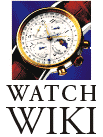 |
Brand: | ETA, Valjoux | 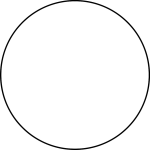
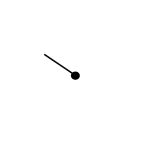
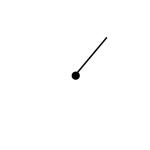

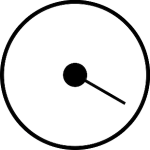


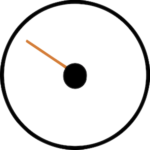
|
|---|---|---|---|
| Family: | |||
| Height: | 7.90 mm | ||
| Jewels: | 27 | ||
| Reserve: | 54 hours | ||
| Frequency: | 28,800 A/h | ||
| Winding: | Automatic, Central Rotor Automatic Winding, Clockwise Automatic Winding, Uni-Directional Automatic Winding | ||
| Diameter: | 30.00 mm (13.25 ligne) | ||
| Complications: | 2-Button, Cam Switching Chronograph, Chronograph, Date, Hacking Seconds, Quick Date Correction, Semi-Instantaneous Date Change | ||
| Hands: | 12 Hour Chronograph Hand at 6:00, 30 Minute Chronograph Hand at 3:00, Central 60 Second Chronograph Hand, Central Hour Hand, Central Minute Hand, Date Window at 4:30, Small Seconds Hand at 9:00 | ||
| Distinguishing Technical Characteristics | |||||||||||
|---|---|---|---|---|---|---|---|---|---|---|---|
 Central-Rotor Automatic  Clockwise Balance Cock  Etachron Regulator |
|||||||||||
| Production: 2002 – Current | |||||||||||
| 1910s | 1920s | 1930s | 1940s | 1950s | 1960s | 1970s | 1980s | 1990s | 2000s | 2010s | 2020s |
Introduced in 2002, the Valjoux (now ETA) 7753 is a cam-operated automatic chronograph with a date complication. It differs from the base ETA 7750 in the location of the chronograph minutes counter: Rather than 12:00, the subdial is at 3:00 as on many other chronograph movements. This gives watches using the ETA 7753 a different look from conventional 7750-based watches.
Cal. 7753 was a late addition to the lineup, being added in 2002 as many other members of the family were retired. The altered placement of the minutes counter increases the jewel count to 27 though thickness remains 7.9 mm. It also required the addition of a date corrector pusher at 10:00.
The ETA 7750 is available in Elabore, Top, and Chronometer grades, each with different specifications and materials used.
ETA Cal. 7753 Functions
The display layout is as follows:
- Central hour, minute, and chronograph seconds
- 30 minute chronograph hand at 3:00
- Date window at 4:30
- 12 hour chronograph hand at 6:00
- Running seconds at 9:00
ETA Cal. 7753 Operation
The chronograph function is started, stopped, and restarted using the button at 2:00. It is reset to zero using the button at 4:00.
The movement can be manually wound with the crown in position 1. Rotate the crown clockwise to wind the mainspring.
The time is set with the crown in second position (pulled all the way out). Rotate the crown clockwise to advance the minute and hour hands and counter-clockwise to turn them backward.
The date wheel is advanced using the inset push button at 10:00.
ETA Cal. 7753 Ebauches and Variants
Cal. 7753 is used by other manufacturers, often with additional finishing or complications. Specific movements that are substantially similar include the Breitling B23, Bremont BE-53AE, Montblanc MB 25.02 (formerly 4810/502), Hamilton H-31 (with 60 hour power reserve), Longines L683.2, Omega 3304, and Panerai OP XII. The ETA A05.H31 lacks the 12 hour counter at 6:00 while the Panerai OP XVIII has a rattrapante function. The La Joux-Perret LJP8120 similar.
ETA 7750 Family Overview
The ETA (formerly Valjoux) 7750 is a robust and reliable automatic movement with an integrated cam-operated chronograph function. It has spawned a family of chronograph and time-only movements and is used as a base for many complications and third-party watch movements.
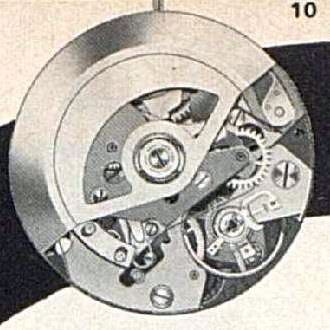
Introduced in 1974, the Valjoux 7750 was soon retired but returned in the 1980s. It has come to dominate the industry and remains popular today. Most versions of Cal. 7750 feature small seconds at 9:00 and chronograph hours and minutes subdials at 12:00 and 6:00, respectively. This “6-9-12” subdial arrangement is instantly recognizable to watch enthusiasts.
Distinguishing features of the ETA 7750 family include a smaller balance wheel than many historic movements and a small rotor hub with a slotted screw and five visible bearings. The balance is located at 1:30 when viewed from the back with the crown at 9:00, and is located by a clockwise cock. The distinctive Valjoux regulator was used on most 7750 variants until the 2010s, with a clamp-shaped arm and “dagger” pointer. The chronograph functions use cams rather than the levers and column wheel found on many other movements.
Images are taken from official publications and are used here for commentary and educational purposes. Copyright is held by the original owner as noted.